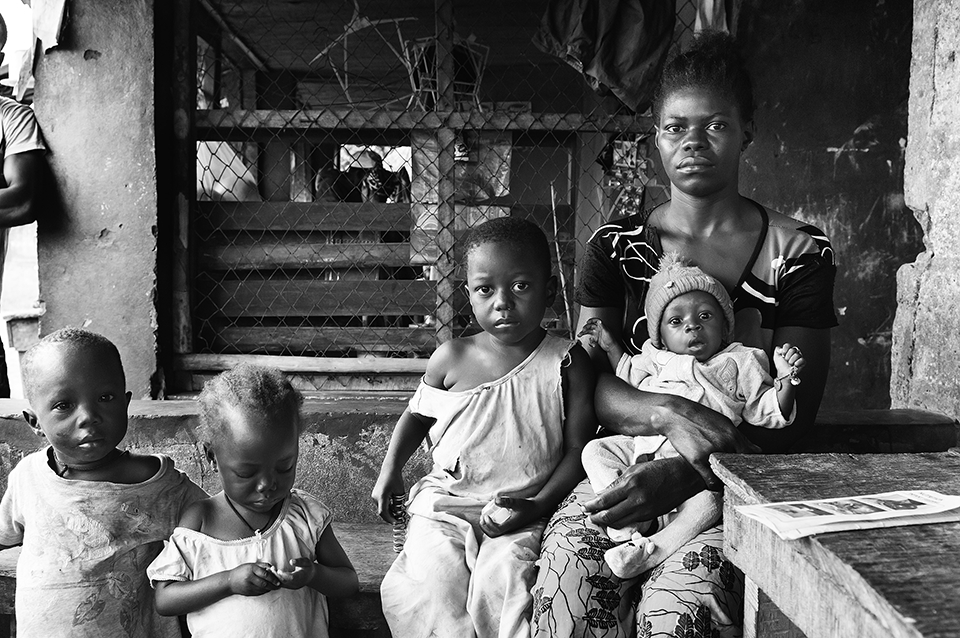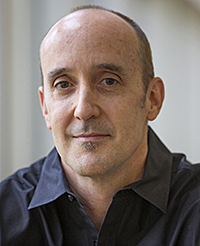
Still Photography from Public Health Scientist Bridges Art and Science

www.radforddavis.com
By day, Dr. Radford Davis is a prominent public health scientist. He has traveled the world working on global health issues with a stated goal of improving veterinary health in developing countries.
In recent years, Davis has added a new tool to his teaching arsenal. He now uses still photography to bridge art and science.
While he is an expert in his field of public health, Davis is also no slouch when it comes to a camera and lens even though he is self-taught.
“In my classes I can show a photo and tell the story behind the photo that the students cannot see without that image,” he said. “With my photos, students can see the people that are in a situation that tells the story.
“Students can look at the photo and it hits home with them a little bit more than if I just told what I saw.”
While traveling Davis always has his camera with him. While consulting in Sierra Leone for that country’s Ministry of Agriculture, Forestry and Food Security a few years back, he was in a village training community animal health workers. Soon he was snapping photos of the villagers.
The images became the subject of a one-man show “Life of Sierra Leone” that has been displayed at Iowa State’s Memorial Union and Wheatsfield Co-op in Ames. One frame from the show went on to be selected by National Geographic as one of 10 photos used to depict “End Poverty.”
More than 3,500 photos were submitted and Davis’ photo was selected because it not only highlighted poverty as a global problem but deepened viewers with an appreciation of the subject’s situation.
The black-and-white image shows a village mother with her four young children. Davis was attracted to the scene because of the hardships the family had in Sierra Leone.
“She came from a farm family who plant rice by hand,” Davis said. “I spoke with her and learned her children eat only about one meal a day, consisting solely of rice. She was concerned about the health of her young children and let me take her photo.”
The photo was part of a National Geographic “End Poverty” exhibit at the World Bank Headquarters in Washington, D.C., last November. Davis says this photo is an example of how he tells stories with his images. “It’s easy to take photos of desperate people,” he said, “but you want to be sensitive to their situation. This photo in particular reflected a reality of how the woman and her family experienced consistent hunger every day.
“I hope that I am conveying a humanitarian aspect in my photography. In this particular case, she wanted me to take her photo and know about her situation. She wanted help.”
His Sierra Leone photos depict the poverty and hunger felt by the country’s residents. But he is quick to point out that there were a lot of happy, smiling people there. “I found some miserable people in Sierra Leone,” he said. “Any time you go to a country where people have no running water in their homes, you would expect that.
“But there are a lot of really happy people there as well. They may be poor, have no running water and yet they are quite happy. I try to make sure my photos tell both stories.”
July 2016
